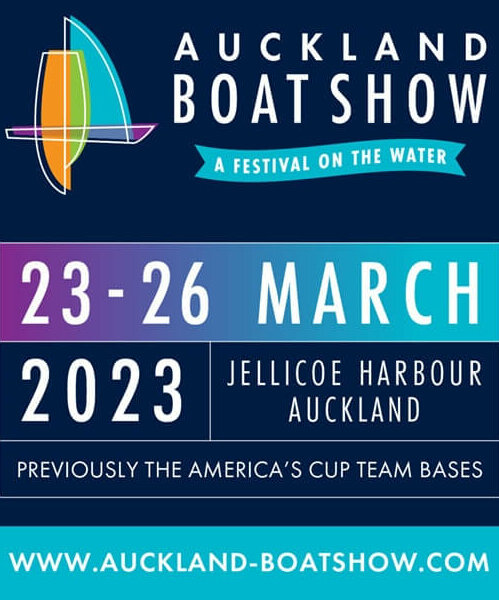Winterizing your boat is a crucial step in ensuring it stays in good condition over the colder months. In New Zealand, the winter months can bring unpredictable weather conditions, which can be harsh on boats. Proper winterization can help prevent damage to your boat and save you money on repairs in the long run. Here are some tips on how to winterize your boat for New Zealand winters.
Clean and prepare your boat: Before winterizing your boat, give it a thorough cleaning. This includes washing the hull, deck, and topsides, as well as the interior. After cleaning, make sure your boat is completely dry before storing it. Moisture can cause mold and mildew to grow, which can damage your boat’s interior. You should also remove any food, drinks, or other perishables that may attract rodents and other unwanted guests.
Protect your boat’s engine: Your boat’s engine is the heart of the vessel, and it needs to be protected during the winter months. Start by changing the oil and filter, which will help prevent moisture and contaminants from building up in the engine. Next, fill the fuel tank and add a fuel stabilizer to prevent the fuel from breaking down over time. If you live in a freezing area, you should also flush the engine with fresh water to remove any salt or debris, and use antifreeze to protect the cooling system.
Protect your boat’s interior: Your boat’s interior is susceptible to damage from the cold and moisture. Make sure to remove any electronics, such as GPS units or radios, and store them in a warm, dry place. You should also remove all cushions and store them indoors. If possible, remove the batteries and store them indoors as well.
Check your boat’s systems: Make sure to check all of your boat’s systems before winterizing it. This includes the electrical system, plumbing system, and the bilge pump. Repair any leaks or other issues before storing your boat for the winter.
If not properly winterized, boats can experience a range of problems, including engine damage, mold and mildew growth, and damage to the hull and deck. These problems can be costly to repair and can put your boat out of commission for the entire summer. Taking the time to winterize your boat properly can help prevent these issues and ensure that your boat is ready to hit the water when the warmer weather returns. By following these tips, you can protect your investment and prevent damage from occurring during the colder months.
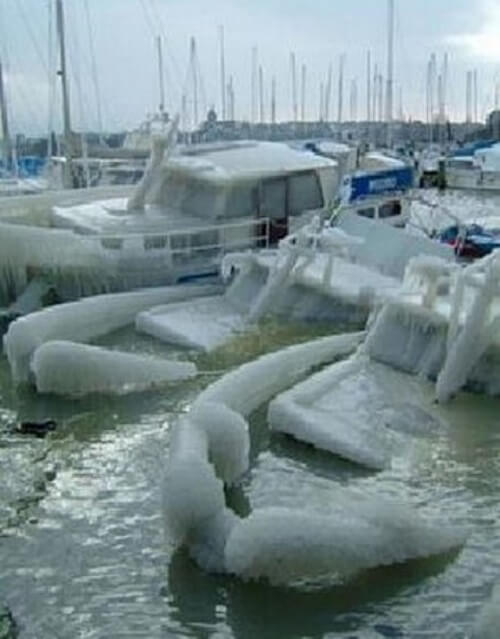
Winter in New Zealand is not just a time to hibernate indoors. In fact, it’s one of the best times of the year to go fishing. The cooler weather brings out some of the best fishing spots in the country. If you’re looking to plan your next fishing trip during the winter months, here are some of the best spots to visit:
The Coromandel Peninsula
The Coromandel Peninsula is one of the best places to go fishing in New Zealand. With its stunning coastline and abundance of fish, it’s a great spot for anglers of all skill levels. In winter, the Coromandel offers some of the best snapper fishing in the country.
Lake Taupo
Lake Taupo is New Zealand’s largest lake and is located in the central North Island. It’s a popular spot for trout fishing, and during the winter months, the trout are more active and plentiful. Anglers can catch brown and rainbow trout, and the lake is also home to the occasional chinook salmon. To catch these fish, you’ll need a fly rod and a good selection of wet and dry flies.
Marlborough Sounds
The Marlborough Sounds is a picturesque spot for winter fishing. The area is home to a variety of fish species, including snapper, kahawai, and blue cod. The best way to catch these fish is to use bait or soft plastic lures. The Marlborough Sounds can be tricky to navigate, so it’s a good idea to go with a local guide.
Kaikoura
Kaikoura is known for its whale watching tours, but it’s also a great spot for winter fishing. Anglers can catch blue cod, trumpeter, and groper. The best time to fish in Kaikoura is during the early morning or late afternoon, and it’s recommended to use bait or soft plastic lures.
Fiordland
Fiordland is a remote area in the South Island, but it’s well worth the trip for its fishing opportunities. Anglers can catch a variety of fish, including sea-run trout, salmon, and blue cod. The weather in Fiordland can be unpredictable, so it’s important to check the forecast before setting out on your fishing trip.
Rotorua
Rotorua is located in the central North Island and is known for its geothermal activity. It’s also a great spot for winter fishing, with the lakes and rivers teeming with rainbow and brown trout. To catch these fish, you’ll need a fly rod and a good selection of wet and dry flies.
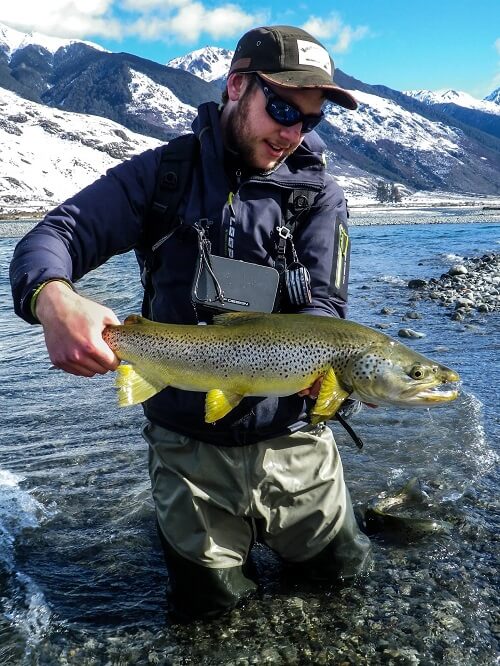
Winter in New Zealand may not seem like the best time to take your boat out for a spin, but with a little bit of planning and preparation, it can actually be a fantastic time to hit the water. Here are some activities to enjoy in New Zealand during the winter:
Fishing:
Winter is a great time for fishing, as the cooler temperatures bring many fish species closer to shore. With less boat traffic on the water, you'll have more chances to catch a big one. Head to the Hauraki Gulf, the Bay of Islands, or the Marlborough Sounds for some of the best winter fishing in New Zealand.
Whale watching:
Winter is also the best time for whale watching in New Zealand, as many species migrate to the country's coastal waters during this time. The Hauraki Gulf, Kaikoura, and the Bay of Islands are all great places to spot whales from your boat.
Hot springs:
New Zealand is home to many natural hot springs, and what better way to warm up on a chilly winter day than by soaking in one? Head to the Coromandel Peninsula or Rotorua, and bring your boat to explore the many secluded hot springs accessible only by water.
Coastal cruising:
New Zealand's rugged coastline is stunning year-round, but it takes on a special beauty in the winter. With fewer crowds on the water, you'll have a chance to explore secluded bays and coves that are usually busy during the summer months.
Beachcombing:
Winter storms can bring all sorts of treasures onto the beaches of New Zealand's coasts. Take your boat to a remote beach and go beachcombing for driftwood, shells, and other interesting finds.
Birdwatching: New Zealand is home to a variety of unique bird species, and many of them can be seen from a boat in the winter. The cold months bring migratory birds such as albatross and shearwaters to New Zealand's waters, and many resident species can also be spotted. Some great places to go birdwatching in the winter include the Hauraki Gulf and the Otago Peninsula.
With these activities, you can make the most of the winter season in New Zealand. Just be sure to dress warmly, bring plenty of food and water, and make sure your boat is properly equipped for the cooler temperatures.
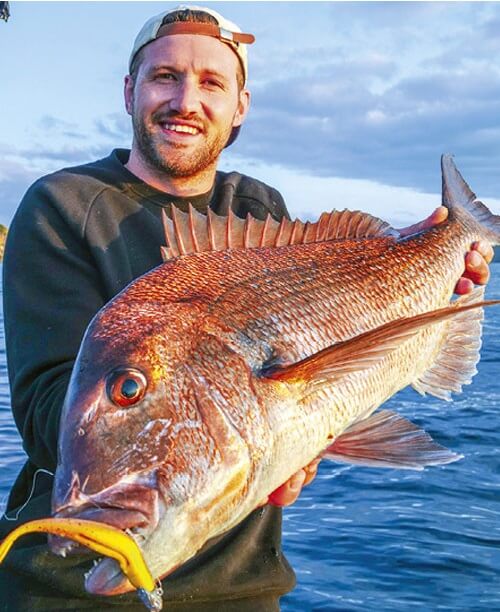
Boating Apps are becoming increasingly popular among boaters as they provide an easy and convenient way to navigate, check the weather, and ensure safety while out on the water. With so many options available, it can be difficult to know which ones are worth downloading. Here are some of the best boating apps available:
Navionics is a well-known and highly regarded navigation app. It provides up-to-date charts, detailed weather forecasts, and real-time tide and current information. The app is available for both iOS and Android devices and costs around $15-$20 per year.
MarineTraffic is a free app that provides real-time vessel tracking and information. It's great for keeping an eye on other boats in your vicinity and for planning your route accordingly. The app is available for both iOS and Android devices.
Windy is a free app that provides detailed weather information, including wind speed and direction, wave height, and temperature. It's great for planning your boating trip and staying up-to-date on changing weather conditions. The app is available for both iOS and Android devices.
SafeSkipper is an app that provides safety information and tips for boaters. It includes checklists for safety equipment and procedures, as well as emergency contact information. The app is available for both iOS and Android devices and costs around $4-$5.
Boating Suite is an all-in-one app that provides navigation, weather, and safety information. It includes up-to-date charts, real-time weather updates, and safety checklists. The app is available for both iOS and Android devices and costs around $15-$20 per year.
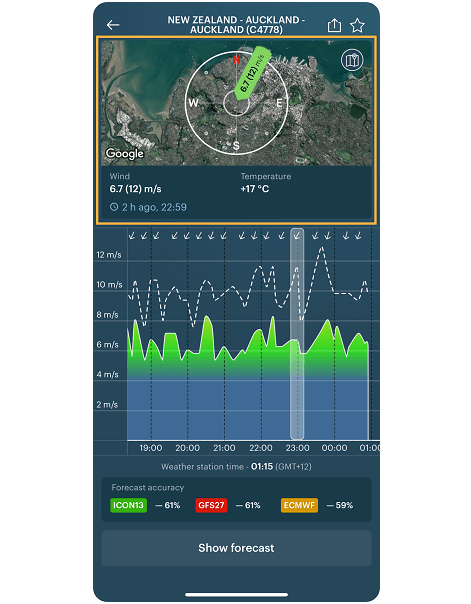
Marine vessels are an integral part of our economy and culture, providing transportation, fishing, and recreational opportunities. However, boats can also pose a risk to the environment if not properly maintained. The buildup of marine organisms on boats, known as biofouling, can transport invasive species to new locations and contribute to the spread of harmful algal blooms. That's why preventative marine maintenance is crucial for protecting the environment and meeting New Zealand's biofouling management rules.
Biofouling management rules in New Zealand require all vessels arriving in the country to have a clean hull, free of fouling organisms. This applies to all vessels over 40 meters in length, and smaller vessels may be inspected at the discretion of biosecurity officers. Vessels must also be able to provide evidence of the maintenance and cleaning measures they have taken to prevent biofouling during their voyage.
To meet these requirements and protect the environment, boat owners and operators should implement a comprehensive preventative maintenance plan. This plan should include regular hull cleaning and maintenance, as well as the use of antifouling paints or coatings. Here are some key steps that can help:
Regular cleaning: Regular cleaning of the hull, including removal of all fouling organisms, can help prevent the spread of invasive species. Boat owners should establish a cleaning schedule and ensure that all equipment used for cleaning is in good working order.
Antifouling paints and coatings: Antifouling paints and coatings can help prevent biofouling by inhibiting the growth of marine organisms on the hull. These paints and coatings should be chosen based on the type of vessel and the waters it will be operating in.
Monitoring and record-keeping: Regular monitoring of the hull for fouling organisms can help identify any potential issues before they become a problem. Additionally, keeping detailed records of maintenance and cleaning activities can help demonstrate compliance with biofouling management rules.
By following these steps, boat owners can help protect the environment and meet biofouling management rules in New Zealand. However, it's important to note that biofouling management is an ongoing process, and preventative maintenance should be carried out regularly throughout the life of the vessel.
Preventative marine maintenance is essential for protecting the environment and complying with biofouling management rules in New Zealand. By implementing a comprehensive preventative maintenance plan, boat owners and operators can help prevent the spread of invasive species and contribute to the overall health of our marine ecosystem.
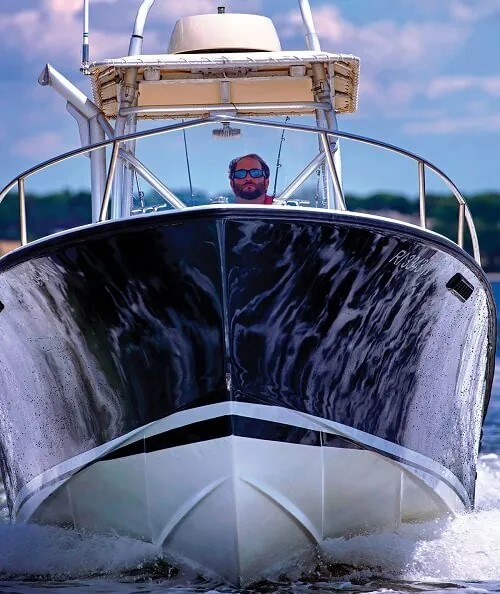
As a boater, you know the importance of having a reliable anchor that can hold your vessel in place while you enjoy the sights or take a break from cruising. However, choosing the right anchor and knowing where to use it can be confusing. In New Zealand, the type of anchor you need depends on the seabed conditions in the area you're boating. In this guide, we'll go over the different types of anchors and where to use them in New Zealand.
Plow Anchor: Plow anchors are the most common type of anchor and are great for most seabed conditions. They work best in mud, sand, and gravel. Plow anchors have a sharp point that digs into the seabed, providing a strong hold. The Rocna and Manson Supreme are two of the most popular plow anchors on the market.
Where to use: Plow anchors are great for boating in the Hauraki Gulf, Bay of Islands, and Coromandel.
Danforth Anchor: The Danforth anchor, also known as a fluke anchor, is designed to hold in soft and sandy seabeds. This anchor has two long and pointed flukes that dig into the seabed to provide a secure hold. The Danforth anchor is lightweight, which makes it easy to handle and stow.
Where to use: Danforth anchors are ideal for boating in the Marlborough Sounds and Golden Bay.
Claw Anchor: Claw anchors are similar to plow anchors but have a different shape. They have a claw-like design with two sharp points that dig into the seabed. Claw anchors are excellent for holding in rocky and coral seabeds. The Bruce and Delta anchors are two popular claw anchors.
Where to use: Claw anchors are great for boating in the Bay of Islands, Whangaroa Harbour, and Hauraki Gulf.
Mushroom Anchor: The Mushroom anchor is designed for use in mud and silt seabeds. This anchor has a round, mushroom-like shape that allows it to bury itself in the seabed. Mushroom anchors are often used as permanent mooring anchors.
Where to use: Mushroom anchors are ideal for use in sheltered bays, rivers, and lakes.
Grapnel Anchor: Grapnel anchors are small and easy to handle. They are designed for use in rocky seabeds, where it can be challenging to get a good hold. Grapnel anchors have multiple hooks that can grab onto rocks and other debris on the seabed.
Where to use: Grapnel anchors are ideal for boating in the Wellington Harbour and the Marlborough Sounds.
For more tips on anchoring, check out this article on Saltstrong.com on how to anchor a boat and avoid common anchoring mistakes.
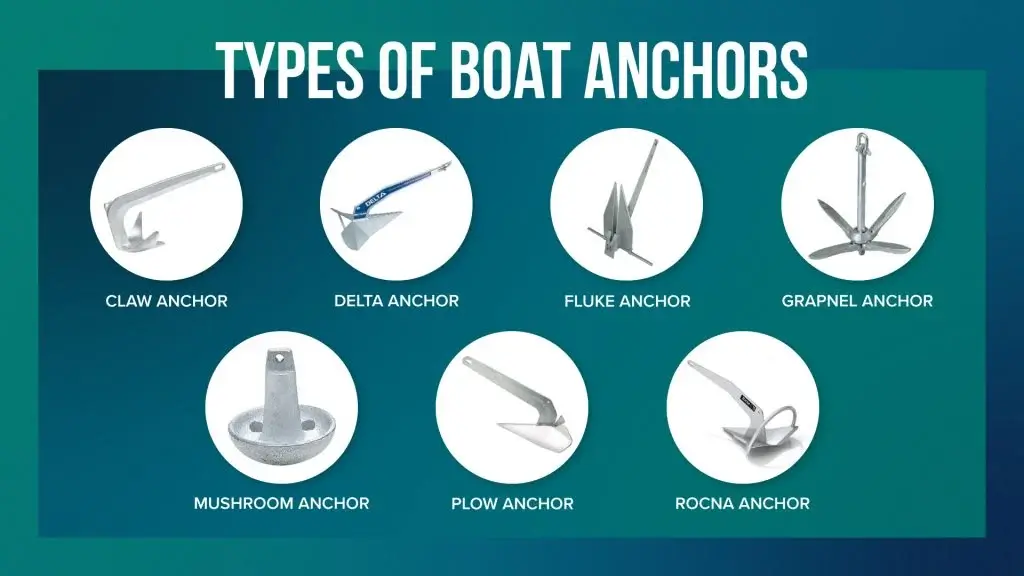
New Zealand's North Island is a boater's paradise with its crystal clear waters, stunning landscapes, and diverse marine life. From the sheltered harbors of Whangaparoa to the rugged beauty of Whangaroa Harbor, there's a boating destination for everyone. Here are five of the best boating locations around North Island New Zealand:
Nestled in the stunning natural beauty of the Far North, Whangaroa Harbor is a secluded boating haven. Surrounded by steep hills and lush greenery, it's the perfect spot for a peaceful day on the water. The harbor is home to several marinas and offers plenty of opportunities for fishing, kayaking, and swimming. For a unique experience, take a trip to the stunning Cavalli Islands, located just offshore. If you're looking for a place to stop for a drink and a meal, Whangaroa's Sport Fishing Club has a Café & Bistro that is open to non-members and offers the most stunning views of the harbor.
Located just north of Auckland, Whangaparoa is a popular boating destination with something for everyone. The sheltered harbor offers excellent protection from the elements, making it a great choice for families with young children. Take a trip to Tiritiri Matangi Island to explore the wildlife sanctuary, or visit Shakespear Regional Park for a hike and picnic. When it's time to refuel, head to the beachside Orewa Beach Club, a coastal themed, family friendly, casual dining experience located metres from the waters edge.
The Coromandel Peninsula is a stunningly beautiful region with plenty of boating opportunities. The rugged coastline is dotted with secluded bays and beaches, perfect for a day of exploring. For a unique experience, visit the iconic Hot Water Beach, where you can dig your own hot pool in the sand. Once you've watched your hot tub wash away at high tide, head over to Luke's Kitchen in Kuaotunu for their iconic wood-fired pizzas and stunning ocean views.
The Bay of Plenty is a favorite among boaters, with its clear waters and stunning marine life. The region is home to several islands, including White Island, which is an active volcano. Take a tour to explore the volcano and its stunning surroundings, or head to the Tauranga Bridge Marina for a day of fishing. When you're ready to refuel, visit The Little Big Markets in Mount Maunganui for local food and drinks.
Wellington is the capital city of New Zealand and a great destination for boaters. The city is surrounded by stunning natural beauty, including the rugged coastline of Wellington Harbor. Take a ferry to Somes Island, which was once a quarantine station, or head to Matiu/Somes Island for a day of hiking and exploring. For a great meal, visit the iconic Logan Brown restaurant for fine dining and stunning harbor views.

Boating is a fun and exciting way to enjoy the water and explore the great outdoors. However, it's important to always prioritize safety when out on the water. If you're new to boating, it can be easy to overlook some of the key safety precautions that can help ensure a safe and enjoyable experience. Here are 10 essential safety tips for boating beginners to keep in mind:
By following these 10 essential safety tips, you can help ensure a safe and enjoyable boating experience. Remember, safety should always come first when out on the water.
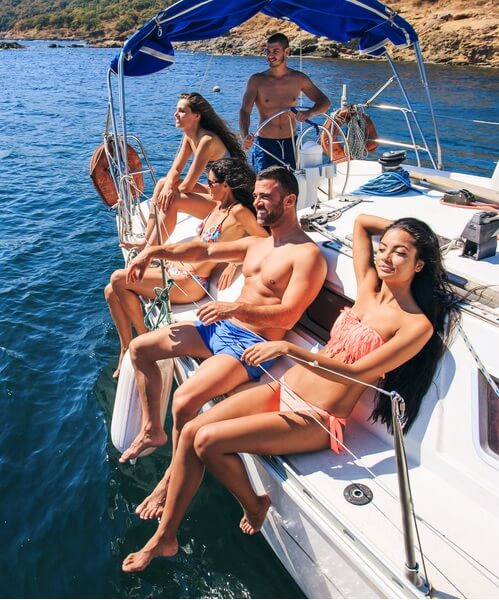
The 2023 Auckland Boat Show, which took place from March 23rd to 26th, was a huge success, attracting boat enthusiasts from all over New Zealand and beyond. With over 150 exhibitors on display, the show provided a unique opportunity for visitors to explore the latest marine technologies, innovations, and trends.
The Auckland Boat Show was a major attraction for boat enthusiasts from all over New Zealand, with a record-breaking attendance of over 32,000 visitors over the four-day event. This is a significant increase from the 2019 show, which attracted approximately 27,000 visitors. The show was also well-attended by international visitors, with attendees from Australia, the United States, and other countries.
The 2023 Auckland Boat Show was also a great success in terms of sales. Exhibitors reported that the show generated significant interest in their products, resulting in increased sales and enquiries. Many exhibitors reported strong sales, with some even selling boats and marine equipment on-site at the show.
One of the key features of the 2023 Auckland Boat Show was the extensive range of boats on display, including luxury yachts, fishing boats, and family cruisers. Visitors were able to explore and compare boats from leading brands such as Beneteau, Bavaria, and Princess Yachts.
The show also featured a range of other marine equipment and accessories, including engines, electronics, and fishing gear. Visitors were able to browse and purchase equipment from leading brands such as Yamaha, Raymarine, and Shimano.
Another highlight of the show was the extensive program of seminars and workshops, which covered a range of topics including fishing techniques, boat maintenance, and marine safety. These sessions were well-attended and provided valuable insights and knowledge to visitors.
The 2023 Auckland Boat Show was a great success, attracting a record-breaking number of visitors and generating significant interest and sales for exhibitors. The show provided a unique opportunity for boat enthusiasts to explore the latest marine technologies, innovations, and trends, and to connect with experts in the industry. With the success of the 2023 show, we can look forward to an even bigger and better Auckland Boat Show in the future.
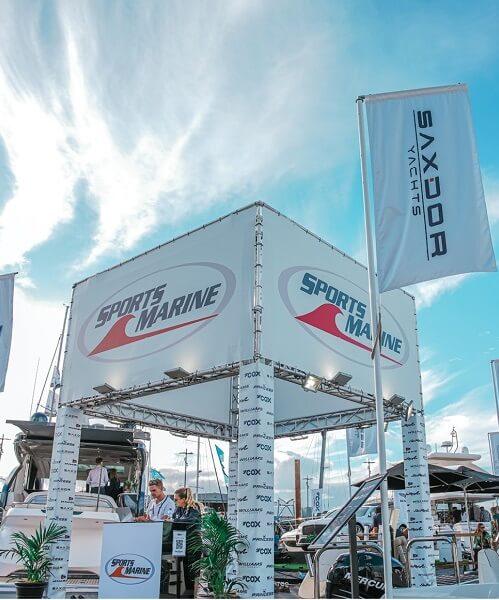
The Auckland Boat Show is New Zealand's largest on-water boat show and the summer festival for the marine industry in Auckland.
Taking place from 23rd to 26th March at Jellicoe Harbour (formerly the America’s Cup team bases), the event will showcase the latest in luxury motor yachts, sail yachts and the commercial marine sector, as well as marine parts, products and accessories.
Come and see us at the show!
BoatSmart HQ will be at the Auckland Boat Show this year as SportsMarine and Ray White Marine NZ's Aftercare and Warranty Management Partners.
Our First Mates will be on hand for a chat and offer tips on boat maintenance, like how to find better and cheaper marine insurance.
For more information on the Auckland Boat Show, please visit www.auckland-boatshow.com
